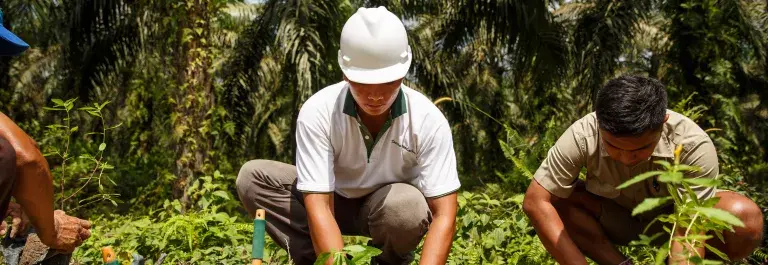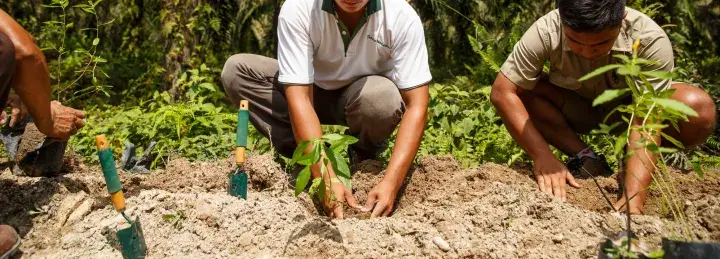Living income: a story from measurement to impact
Everyone has the right to a living income. Yet, as we move into a new decade, there are still around 500 million smallholder farming households globally, comprising a large proportion of the world’s poor living on less than $2 a day. Something needs to change. People have been trying to measure and tackle poverty for decades, so why reframe the issue now by measuring living income?
Living income and the poverty line
There’s an important distinction between living income and poverty lines. While poverty lines are generally concerned with subsistence; decency and resilience underpin the concept of living income. It is about earning enough to live a decent life with a buffer for the unexpected.
In the past, for many, the goal has been to get farmers just over the poverty line. However, smallholder households very often live close to this line; and, when the unexpected happens, the risk of falling into cyclical poverty is high.
Remember, smallholder farmers are business owners with incomes intrinsically linked to their household’s socio-economic livelihood system. All successful businesses have reserves and securities that allow them to survive, and people are more likely to thrive economically when they don’t have to worry about just making ends meet.
The living income benchmark
A living income benchmark provides a rung on the income ladder above the poverty line. This amount ensures a small-scale farmer’s viability and economic success. Methods, such as the Anker Methodology, calculate the benchmark by evaluating the costs of decent housing, food, other essential needs, and a margin for unexpected events for a household. What is considered decent is grounded in international standards of decency, set by reputable institutions like the World Health Organisation (WHO), International Labour Organisation (ILO) and United Nations Human Settlements Programme (UN-Habitat).
Measuring the living income gap
To use a benchmark, we need to calculate a baseline of actual incomes for comparison. The gap can be analysed to inform improvement strategies, and we can monitor incomes over time to review progress. When measuring the gap to living income, we have to make additional considerations since the benchmark is calculated for a household rather than an individual. Differences in household size and composition can affect living costs and the income required to cover those costs.
Calculating the income gap effectively can shed light onto what drives impact on income. As the measurement is conducted at the household level, considerations for holistic improvement can be made around the livelihood context beyond the farm.
Done right, organisations can also use this information to generate reference prices. This can help them to identify what they should pay for a commodity, to contribute enough income to a household for a viable living income.
Living Income Community of Practice
The Living Income Community of Practice is an alliance founded by GIZ, ISEAL, and the Sustainable Food Lab. It supports activities focused on improving smallholder incomes towards living incomes and enabling smallholder farmers to achieve a decent standard of living.
The community of practice produces guidance for measuring and reporting living income information and understanding the gap between current and living incomes. It also supports organisations in identifying and discussing strategies that aim to close income gaps.


